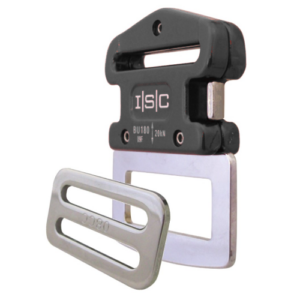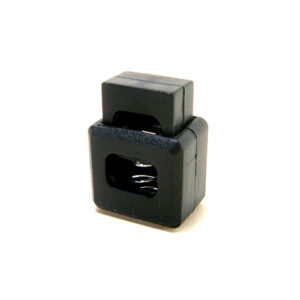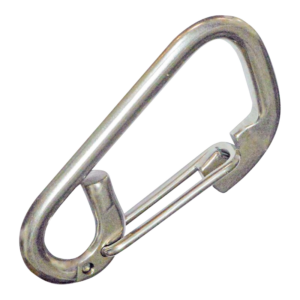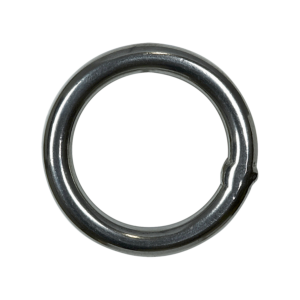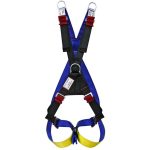
In recent years it has been discovered that people can sometimes suffer severe effects due to loss of circulation while hanging in a harness. This is believed to cause death possibly in as little as 10-15 minutes’ suspension, even in a well-designed harness. This effect is called suspension trauma.
The susceptibility of individuals to suspension trauma appears to vary greatly, and the fit and design of the harness no doubt has a major influence also. Unfortunately the commonly used fall-arrest harnesses which use an attachment point in the dorsal position, between the shoulder blades, are inherently unsuitable for hanging in suspended, because inevitably there will be pressure on the major arteries of the groin. This alone is a good reason for using a front attachment fall-arrest harness (with the attachment point at the chest), if the work situation suits it, as these harnesses are capable of taking the load primarily under the back of the legs, which is a much less sensitive area.
If a dorsal attachment point is used, it is preferable that there are no buckles or other hard elements in the groin area. It is now mandatory for harnesses manufactured to the Australian-New Zealand standard to incorporate an attachment point at the front of the harness (which may be two points that are connected together), to which a retrieval system operated by co-workers can be attached.
Suspension trauma is a risk to any worker who may suffer a fall and remain suspended. If a hazard assessment identifies such a risk, there must be a rescue plan which co-workers can put into use immediately in the event of a fall. This should include the availability of a retrieval system on the site.














